Vinith Misra
A Unified Differentiable Boolean Operator with Fuzzy Logic
Jul 15, 2024Abstract:This paper presents a unified differentiable boolean operator for implicit solid shape modeling using Constructive Solid Geometry (CSG). Traditional CSG relies on min, max operators to perform boolean operations on implicit shapes. But because these boolean operators are discontinuous and discrete in the choice of operations, this makes optimization over the CSG representation challenging. Drawing inspiration from fuzzy logic, we present a unified boolean operator that outputs a continuous function and is differentiable with respect to operator types. This enables optimization of both the primitives and the boolean operations employed in CSG with continuous optimization techniques, such as gradient descent. We further demonstrate that such a continuous boolean operator allows modeling of both sharp mechanical objects and smooth organic shapes with the same framework. Our proposed boolean operator opens up new possibilities for future research toward fully continuous CSG optimization.
Simplify-then-Translate: Automatic Preprocessing for Black-Box Machine Translation
May 27, 2020
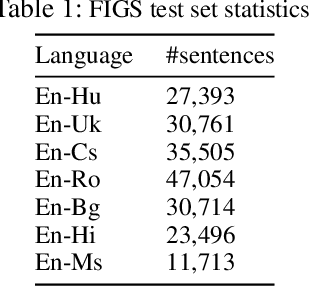
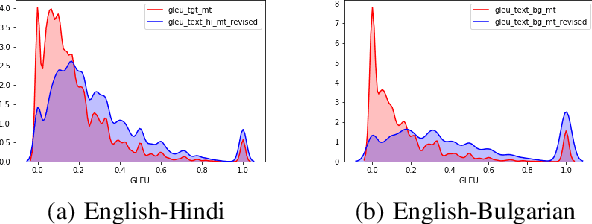
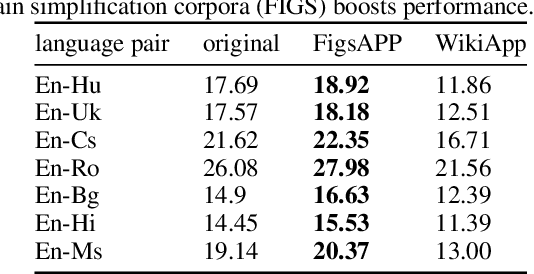
Abstract:Black-box machine translation systems have proven incredibly useful for a variety of applications yet by design are hard to adapt, tune to a specific domain, or build on top of. In this work, we introduce a method to improve such systems via automatic pre-processing (APP) using sentence simplification. We first propose a method to automatically generate a large in-domain paraphrase corpus through back-translation with a black-box MT system, which is used to train a paraphrase model that "simplifies" the original sentence to be more conducive for translation. The model is used to preprocess source sentences of multiple low-resource language pairs. We show that this preprocessing leads to better translation performance as compared to non-preprocessed source sentences. We further perform side-by-side human evaluation to verify that translations of the simplified sentences are better than the original ones. Finally, we provide some guidance on recommended language pairs for generating the simplification model corpora by investigating the relationship between ease of translation of a language pair (as measured by BLEU) and quality of the resulting simplification model from back-translations of this language pair (as measured by SARI), and tie this into the downstream task of low-resource translation.
Bernoulli Embeddings for Graphs
Mar 25, 2018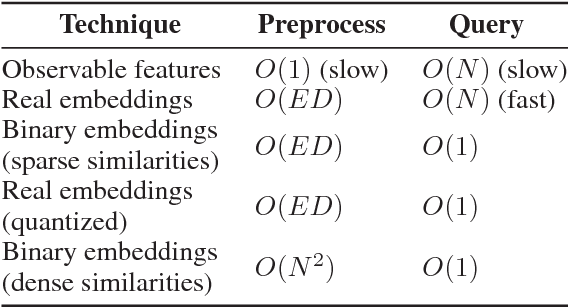
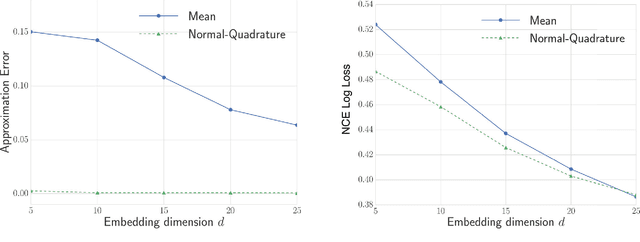
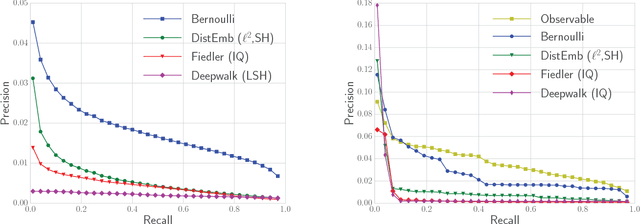
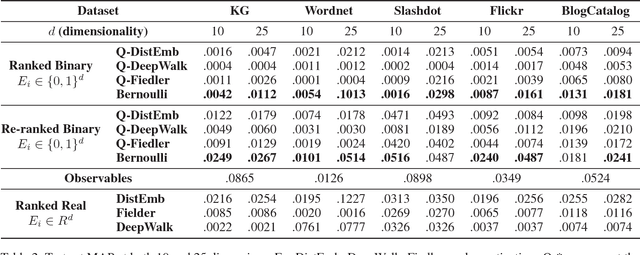
Abstract:Just as semantic hashing can accelerate information retrieval, binary valued embeddings can significantly reduce latency in the retrieval of graphical data. We introduce a simple but effective model for learning such binary vectors for nodes in a graph. By imagining the embeddings as independent coin flips of varying bias, continuous optimization techniques can be applied to the approximate expected loss. Embeddings optimized in this fashion consistently outperform the quantization of both spectral graph embeddings and various learned real-valued embeddings, on both ranking and pre-ranking tasks for a variety of datasets.
 Add to Chrome
Add to Chrome Add to Firefox
Add to Firefox Add to Edge
Add to Edge